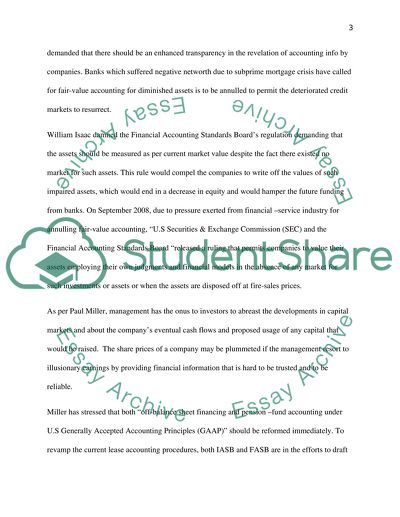Cite this document
(How to Fix a Financial Document-the Subprime Mortgage Crisis Literature review - 1, n.d.)
How to Fix a Financial Document-the Subprime Mortgage Crisis Literature review - 1. Retrieved from https://studentshare.org/macro-microeconomics/1576194-how-to-fix-financial-reporting
How to Fix a Financial Document-the Subprime Mortgage Crisis Literature review - 1. Retrieved from https://studentshare.org/macro-microeconomics/1576194-how-to-fix-financial-reporting
(How to Fix a Financial Document-the Subprime Mortgage Crisis Literature Review - 1)
How to Fix a Financial Document-the Subprime Mortgage Crisis Literature Review - 1. https://studentshare.org/macro-microeconomics/1576194-how-to-fix-financial-reporting.
How to Fix a Financial Document-the Subprime Mortgage Crisis Literature Review - 1. https://studentshare.org/macro-microeconomics/1576194-how-to-fix-financial-reporting.
“How to Fix a Financial Document-the Subprime Mortgage Crisis Literature Review - 1”, n.d. https://studentshare.org/macro-microeconomics/1576194-how-to-fix-financial-reporting.


